The Power of Positivity: Transforming Your Mindset for a Happier Life
If you're a cheese lover, you know how disheartening it can be to find your favorite artisanal cheese turning moldy or losing its flavor due to inadequate storage.
However, there's a simple and effective solution: waxing cheese. By encasing your cheese in a protective layer of wax, you can extend its shelf life while preserving its unique characteristics. In this article, we'll explore the art of waxing cheese for the first time, providing you with the knowledge and confidence to create your own shelf-stable cheese masterpieces.
Waxed Cheese: An Artful Preservation Method for Extended Shelf Life
Cheese, with its diverse flavors and textures, has been a staple in culinary traditions for centuries. From soft and creamy Brie to sharp and crumbly Cheddar, each cheese variety deserves to be savored at its best. Waxing cheese is a preservation technique that allows you to enjoy your favorite cheeses for an extended period, ensuring they remain fresh, flavorful, and ready to be shared. Let's delve into the process and discover how you can create your own waxed cheese.
Step 1: Choosing the Right Cheese:
Before embarking on your waxing adventure, it's essential to select the appropriate cheese. Opt for firm or hard cheese varieties with lower moisture content, such as Cheddar, Gouda, or Edam. These types of cheese are ideal for waxing as they have a longer shelf life and can withstand the sealing process more effectively.
Step 2: Preparing the Cheese:
Ensure your cheese is clean and free from any mold or surface contaminants. Gently wipe the cheese using a clean, damp cloth to remove any unwanted particles. Allow the cheese to air dry completely before proceeding to the next step.
Step 3: Melting the Wax:
Choose a food-grade wax suitable for cheese preservation, such as beeswax or a blend of paraffin and microcrystalline wax. Melt the wax in a double boiler or a dedicated wax melting pot, following the manufacturer's instructions. It's important to use a dedicated pot or utensils for wax melting to avoid contaminating your regular kitchen equipment.
Step 4: Applying the Wax:
Using a brush or a dedicated cheese-waxing tool, apply a thin, even layer of melted wax to the entire surface of the cheese. Ensure that every nook and cranny is covered, including the sides and edges. The wax acts as a protective barrier against moisture, air, and undesirable microorganisms, effectively preserving the cheese.
Step 5: Curing and Storage:
Allow the wax-coated cheese to dry at room temperature until the wax forms a solid, protective shell. This typically takes a few hours to overnight, depending on the size and moisture content of the cheese. Once dry, store the waxed cheese in a cool, dry place with proper ventilation. A cheese cave or a dedicated refrigerator set to the optimal temperature of around 50-55°F (10-13°C) is perfect for aging and storing your waxed cheese.
Step 6: Aging and Enjoying:
The beauty of waxed cheese lies in its ability to continue aging and developing flavors over time. Store the waxed cheese for an appropriate aging period, which can range from a few weeks to several months or even years, depending on the cheese variety and your personal preference. As the cheese ages, it will become more complex in flavor and texture, allowing you to savor its transformation.
Recipe: Waxed Cheese with Herbs and Spices
Ingredients:
- - 1 pound firm cheese (e.g., Cheddar, Gouda, or Edam)
- - Food-grade cheese wax
- - Dried herbs and spices of your choice (e.g., rosemary, thyme, black pepper, chili flakes)
Instructions:
1. Prepare the cheese by ensuring it is clean and dry.
2. Melt the cheese wax in a double boiler or a dedicated wax melting pot according to the manufacturer's instructions.
3. While the wax is melting, mix the desired dried herbs and spices in a small bowl.
4. Once the wax is melted, dip the cheese into the wax, ensuring it is fully coated. Allow any excess wax to drip off.
5. While the wax is still liquid, sprinkle the herb and spice mixture over the surface of the cheese.
6. Place the wax-coated cheese on a wire rack or parchment paper to dry and solidify.
7. Once the wax is completely dry, store the waxed cheese in a cool, dry place for aging.
8. Monitor the cheese periodically, checking for any signs of mold or spoilage. If you notice any issues, promptly remove the wax and evaluate the cheese.
Waxing cheese is a rewarding and practical technique that allows you to extend the shelf life of your favorite cheese varieties.
By following the steps outlined above and experimenting with different flavors, you can create your own delicious, shelf-stable cheese masterpiecesTitle: Waxed Cheese: A Versatile Technique for Shelf Stability and Flavor Preservation
Preserving cheese is both an art and a science.
If you've ever wished to prolong the life of your favorite cheeses or experiment with creating your own, waxing is an excellent method to explore. By encasing cheese in a protective layer of wax, you can extend its shelf life, maintain its flavors, and enjoy it at your leisure. In this article, we will delve into the process of waxing cheese for the first time, providing you with essential tips and delicious recipes to try.
Waxed Cheese: A Versatile Technique for Shelf Stability and Flavor Preservation
Cheese, with its diverse range of tastes, textures, and aromas, is a culinary delight enjoyed by many. However, the natural aging process of cheese can limit its shelf life. Waxing cheese offers an effective solution, enabling you to preserve your favorite varieties and experiment with new flavors. Let's explore the process of waxing cheese for the first time and discover the many benefits it offers.
Step 1: Choosing the Right Cheese:
Begin by selecting a cheese that is suitable for waxing. Firm or hard cheeses with lower moisture content, such as Gouda, Cheddar, or Swiss, work exceptionally well. These cheeses have a longer shelf life and can withstand the waxing process without compromising their flavor and texture.
Step 2: Preparing the Cheese:
Ensure your cheese is clean and free from any mold or surface contaminants. Gently wipe the cheese with a clean, damp cloth to remove any unwanted residue. Allow the cheese to air dry completely before proceeding to the next step.
Step 3: Melting the Wax:
Choose a food-grade wax specifically designed for cheese waxing, such as cheese wax or a blend of beeswax and paraffin wax. Melt the wax in a double boiler or a dedicated wax melting pot, following the manufacturer's instructions. Be cautious when handling hot wax and ensure proper ventilation in your workspace.
Step 4: Applying the Wax:
Using a brush or a cheese-waxing tool, apply a thin, even layer of melted wax to the entire surface of the cheese. Make sure to cover all sides, edges, and crevices, creating a tight seal. This protective wax coating prevents moisture loss and inhibits the growth of unwanted molds and bacteria.
Step 5: Curing and Storage:
Allow the wax-coated cheese to dry at room temperature until the wax forms a solid, protective shell. This process typically takes a few hours to overnight, depending on the size and moisture content of the cheese. Once dry, store the waxed cheese in a cool, dark place with proper ventilation, such as a cheese cave or a dedicated refrigerator.
Step 6: Aging and Enjoying:
The beauty of waxed cheese lies in its ability to continue aging and developing flavors over time. Depending on the cheese variety and your taste preferences, you can age your waxed cheese for several weeks to several months or even years. During this period, the cheese will undergo chemical and microbial transformations, resulting in enhanced flavors and textures.
Recipe: Waxed Cheese with Herb Infusion
Ingredients:
- - 1 pound of firm cheese (e.g., Gouda, Cheddar, or Swiss)
- - Food-grade cheese wax
- - Assorted dried herbs and spices (e.g., rosemary, thyme, garlic powder)
Instructions:
1. Prepare the cheese by ensuring it is clean and dry.
2. Melt the cheese wax in a double boiler or a dedicated wax melting pot, following the manufacturer's instructions.
3. While the wax is melting, select your desired herbs and spices and crush them gently to release their flavors.
4. Once the wax is melted, remove it from the heat and let it cool slightly.
5. Dip the cheese into the wax, ensuring it is fully coated. Allow any excess wax to drip off.
6. While the wax is still warm, sprinkle the crushed herbs and spices over the surface of the cheese, pressing them gently to adhere.
7. Place the wax-coated cheese on a wire rack or parchment paper to dry and solidify.
8. Once the wax is completely dry, store the waxed cheese in a cool, dark place for aging.
9. Periodically check the cheese for any signs of mold or spoilage. If necessary, promptly remove the wax, evaluate the cheese, and reapply fresh wax if desired.
Waxing cheese is a versatile and rewarding technique that allows you to extend the shelf life of your favorite varieties, while preserving and enhancing their flavors.
By following the steps outlined above and exploring different recipes and aging times, you can embark on a delicious journey of creating your own waxed cheeses. So, embrace the art of waxing cheese and elevate your cheese experience to new heights.





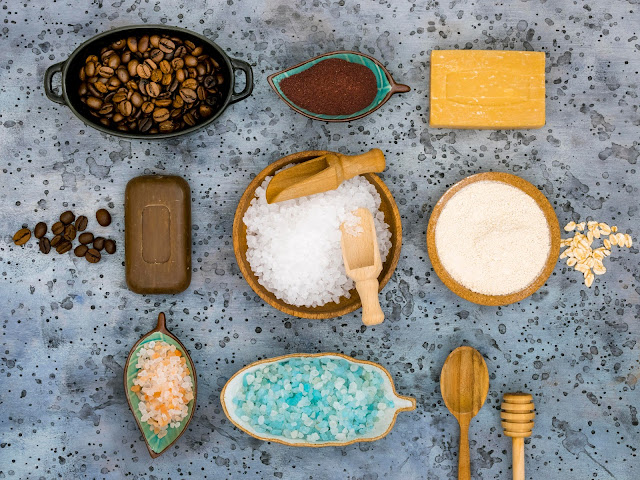

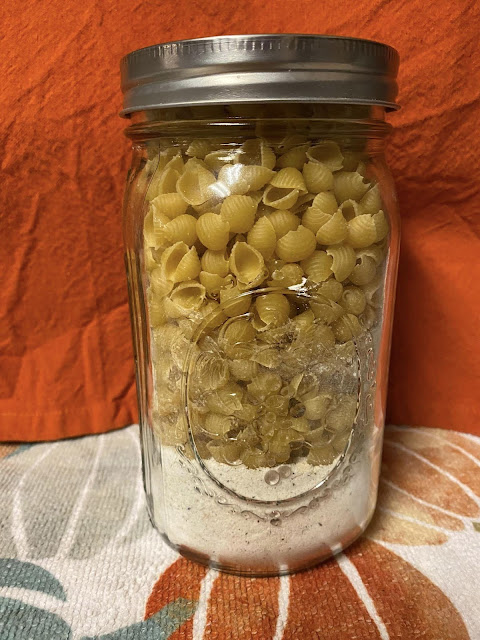




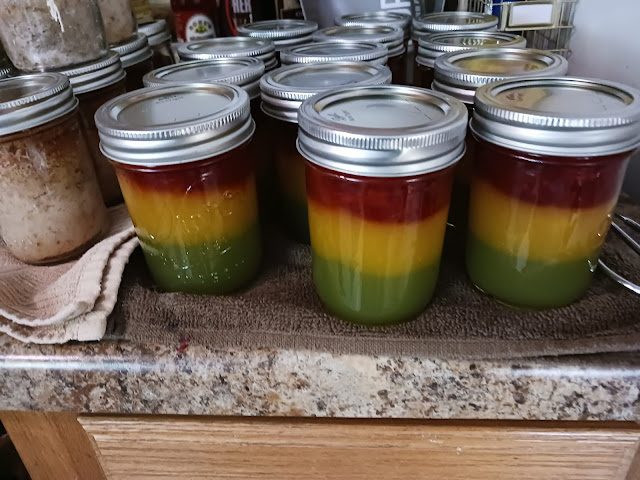

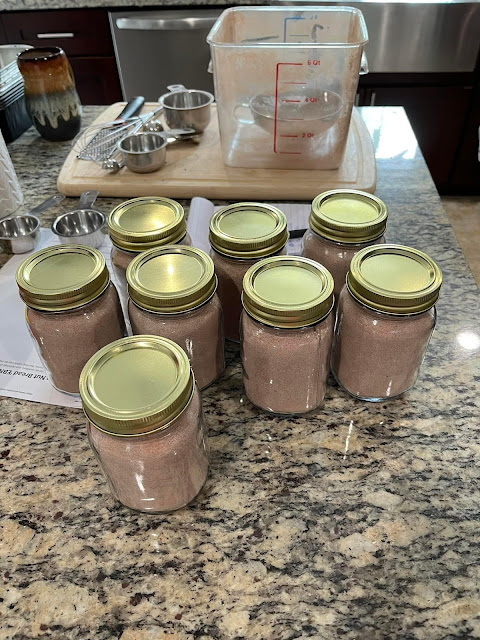
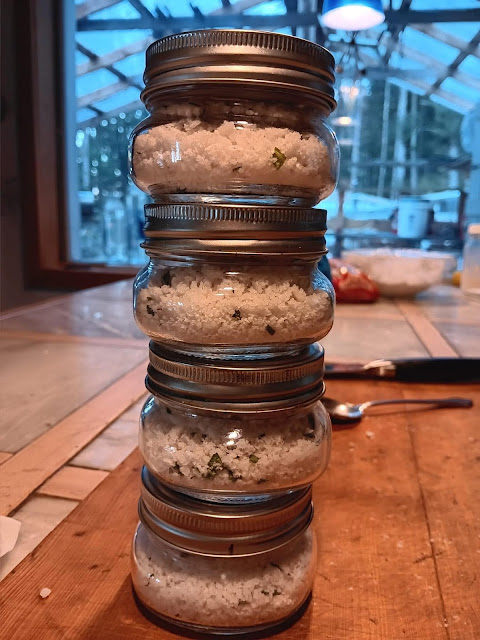
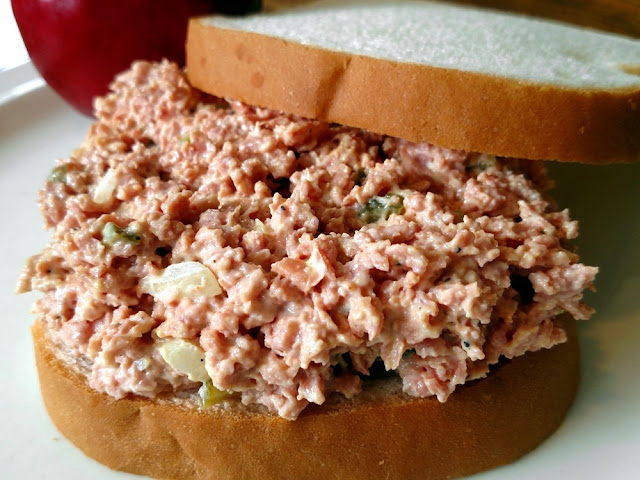
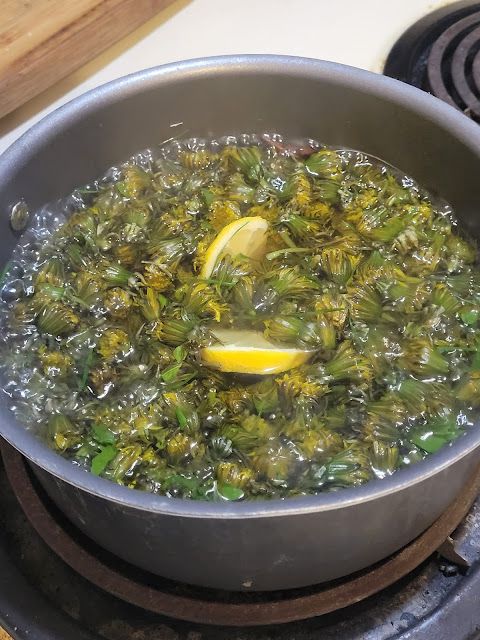



Comments